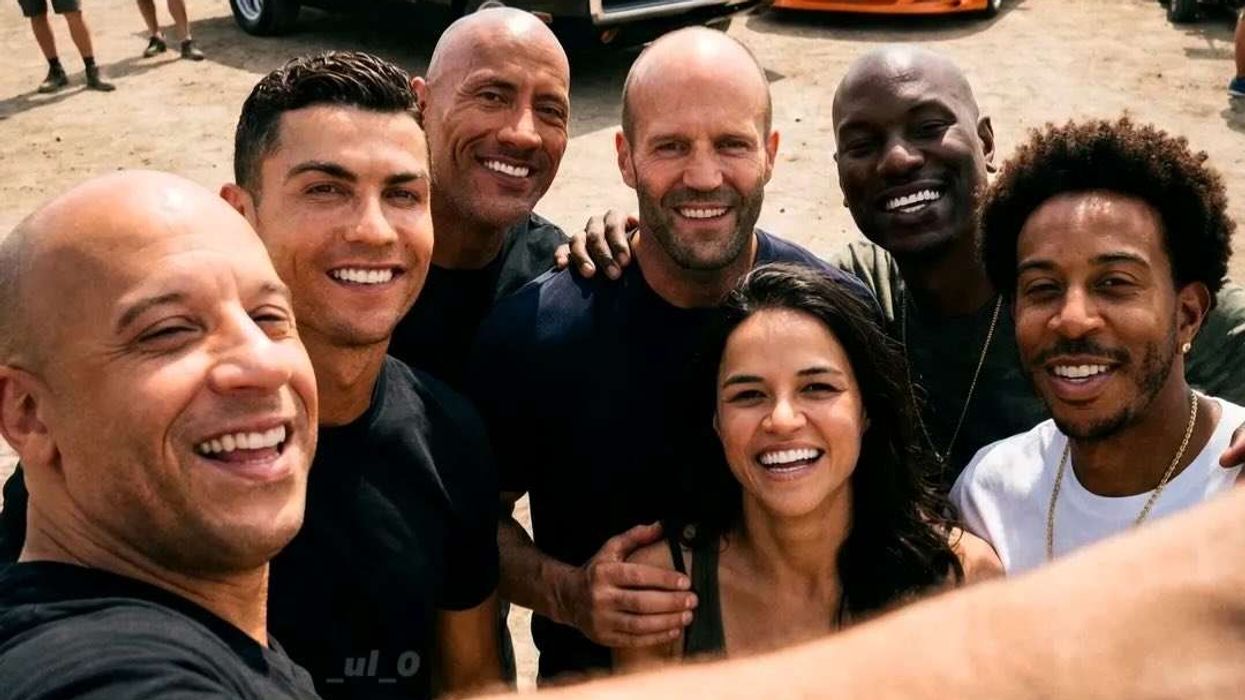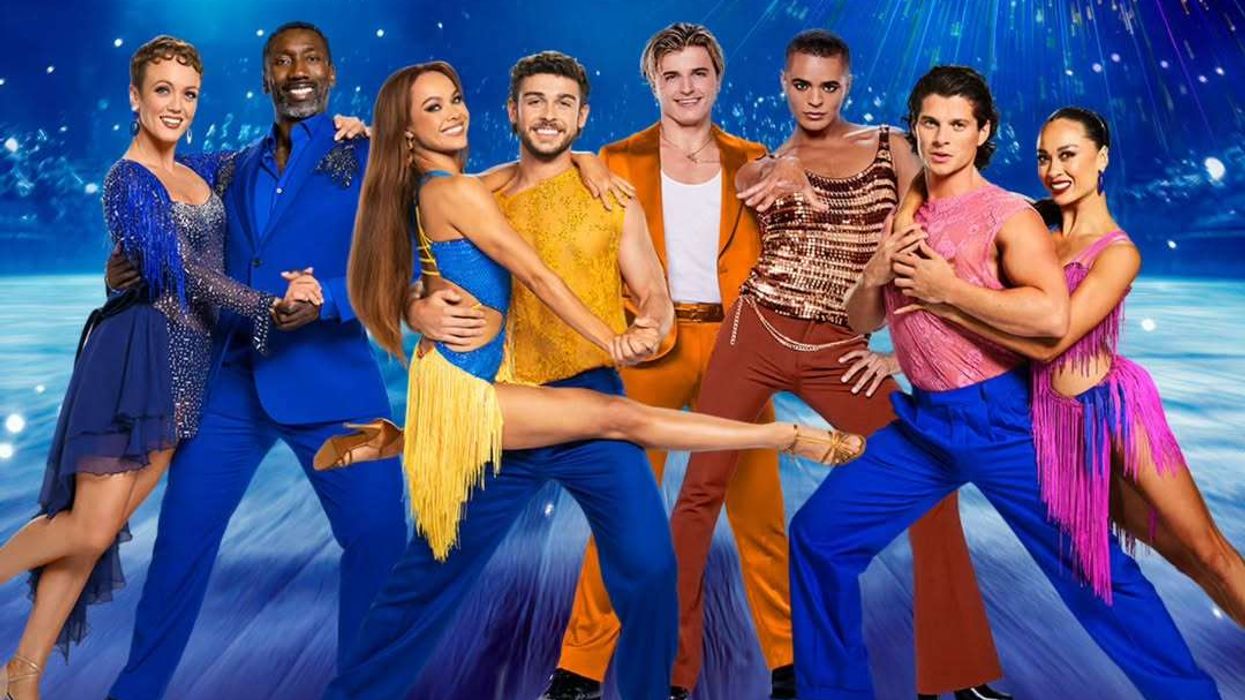ACCLAIMED actress Delnaaz Irani has shown off her versatility with a remarkable range of performances in film and television during a distinguished career. She is currently playing a key role in Star Plus drama serial Kabhi Kabhie Ittefaq Sey and took time out from a busy shooting schedule to select 10 films she loves.
Karz (1980): The performances of Rishi Kapoor, Raj Kiran, Simi Garewal and Tina Munim were amazing in this all-time classic. The music was fabulous, and the song Kitne Baras Ki is a particular favourite. The reincarnation drama was very good and is one that can be seen again and again. It is one of the best works of director Subhash Ghai.
Satte Pe Satta (1982): The story of seven brothers was one of a kind in Hindi cinema. Led by the amazing acting of Amitabh Bachchan and Hema Malini, the performances were superb right across the board. The comic timing among actors was particularly very good. The catchy music included the unforgettable song Pyar Hame Kis Mod Pe Le Aaya.
Amar Akbar Anthony (1977): The story of three brothers who are separated in childhood and raised in different faiths was a unique concept. This movie gave us a great message of secular India, which is one that we need now more than ever. Amitabh Bachchan gave a terrific performance and led a galaxy of stars, including incredible icons Rishi Kapoor and Vinod Khanna.
Flashdance (1983): The American film was a great mix of romance, drama, heartfelt emotion, and dance. It inspires us to take our passion, make it happen and dance right through our lives. The soundtrack is toe-tappingly infectious and is infused with a lot of energy. And it is directed so very well.
The Pursuit of Happyness (2006): This inspiring film is based on a real-life story. The movie has some very important life lessons that are essential for everyone. It has given me the strength to stand up to life and yell, “bring it on” so many times. It has a list of lessons that I believe everyone should know, and which may help you on your quest for ‘happiness’. It’s excruciatingly unpleasant to watch at times, but Will Smith’s performance is superb.
The Devil Wears Prada (2006): You can’t deny the fact that this film is near-perfect. There are plenty of life-changing moments one experiences while watching the film, both as an actor and an individual. It’s beautifully written, very well acted and features some iconic clothes. The film also succeeds in putting job challenges
into perspective.
The Sound of Music (1965): This all-time classic Hollywood film is full of so many good messages, as well as being rich in character, music, and drama. It also teaches valuable life skills to every child, parent, married couples, and family. One thing I loved the most was the stunning visuals and numerous memorable songs. It became an enduring classic, thanks to the title song.
Meri Jung (1985): The powerful film has the song Zindagi Har Kadam Ek Nayi Jung Hai. It contains the inspiring lyrics Jeet Jayenge Hum, Tu Agar Sang Hain. Anil Kapoor and Meenakshi Seshadri deliver fantastic performances. Jaaved Jaaferi has memorable moments in the film, including the song Bol Baby Bol. Nutan’s performance also made a huge difference to the story.
Kal Ho Naa Ho (2003): The film was loved then, and it is loved now. It was a big turning point for me. Everyone needs that one big push in their career and I guess this was the one for me. I couldn’t have asked for a bigger introductory break in films. Working with Shah Rukh Khan, Saif Ali Khan and Preity Zinta in the same movie was a great experience. I had fun shooting for this absolutely wonderful movie, which has it all – comedy, romance, and deep emotions. Whether it is Naina, Aman or Rohit, all three of them experience feelings on a level that makes them always want to be with the one they truly love.
Jab We Met (2007): This film gifted us one of the most iconic characters of all times, Geet. It also gave us great dialogues, which we fondly borrow every now and then. And of course, Kareena Kapoor and Shahid Kapoor delivered such a cute romance. Both the actors channeled all they had within to create two real, vulnerable, and relatable characters. Sometimes taking the wrong train can make you land at the right place.
Instagram: @officialdelnaazirani
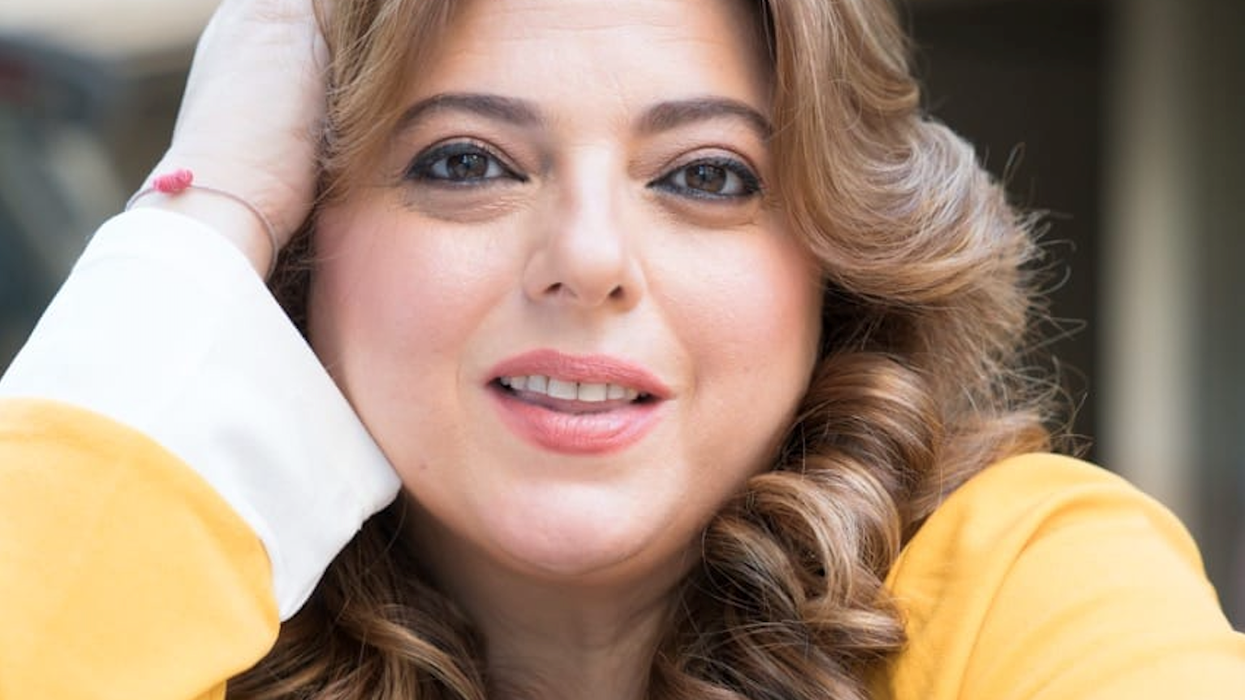
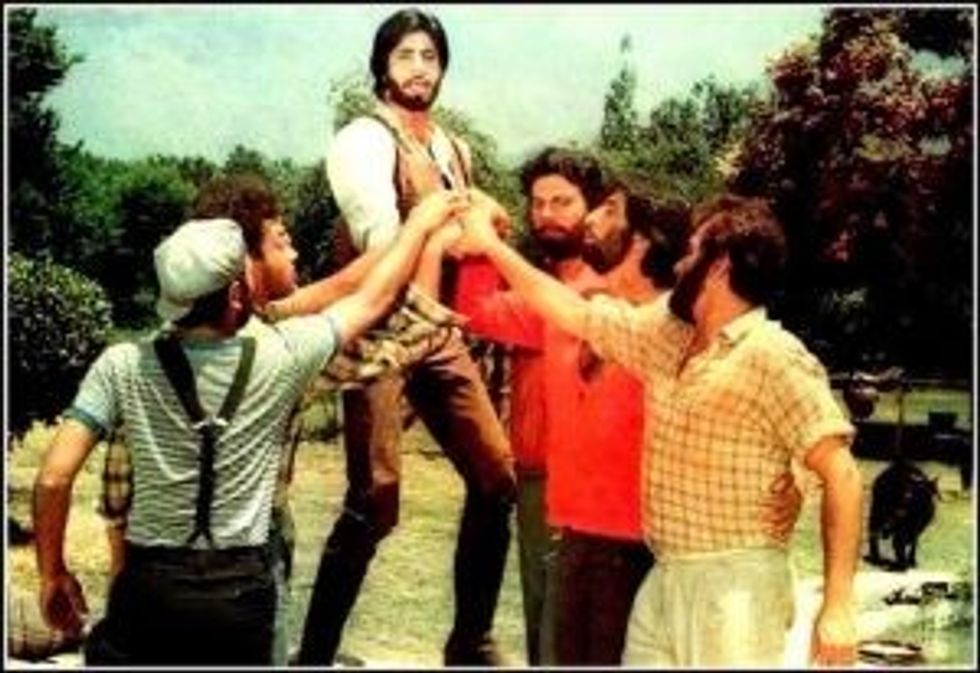
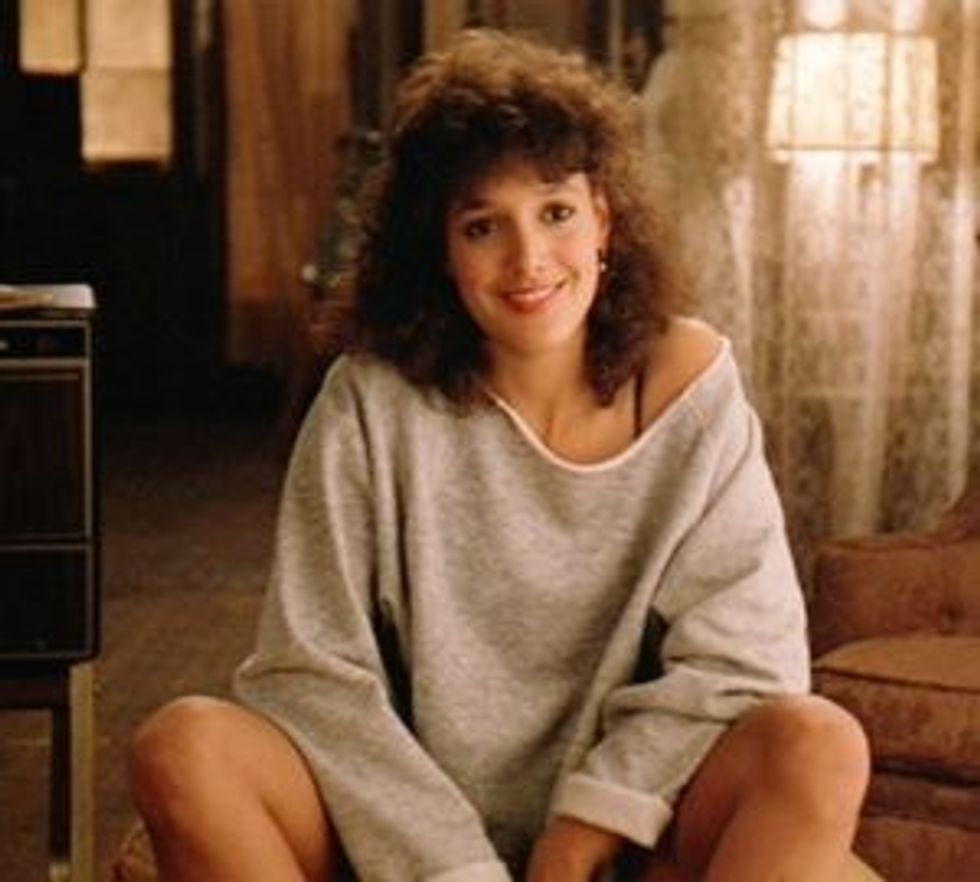
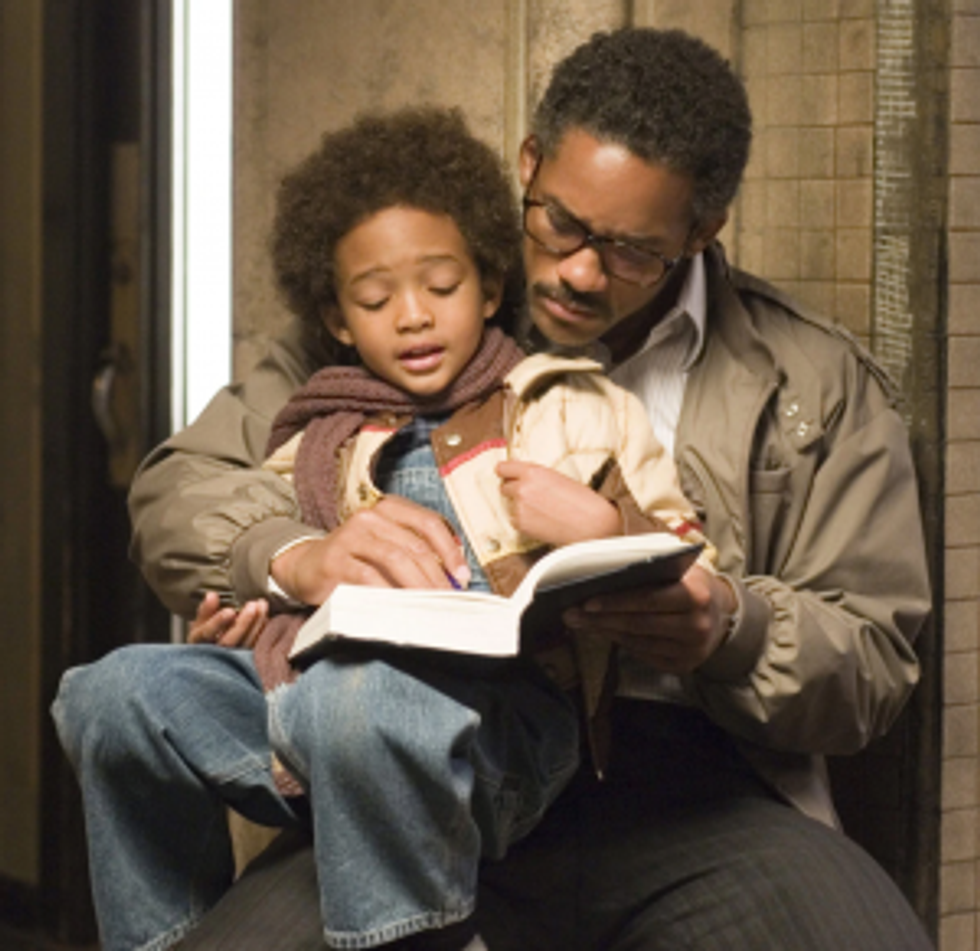
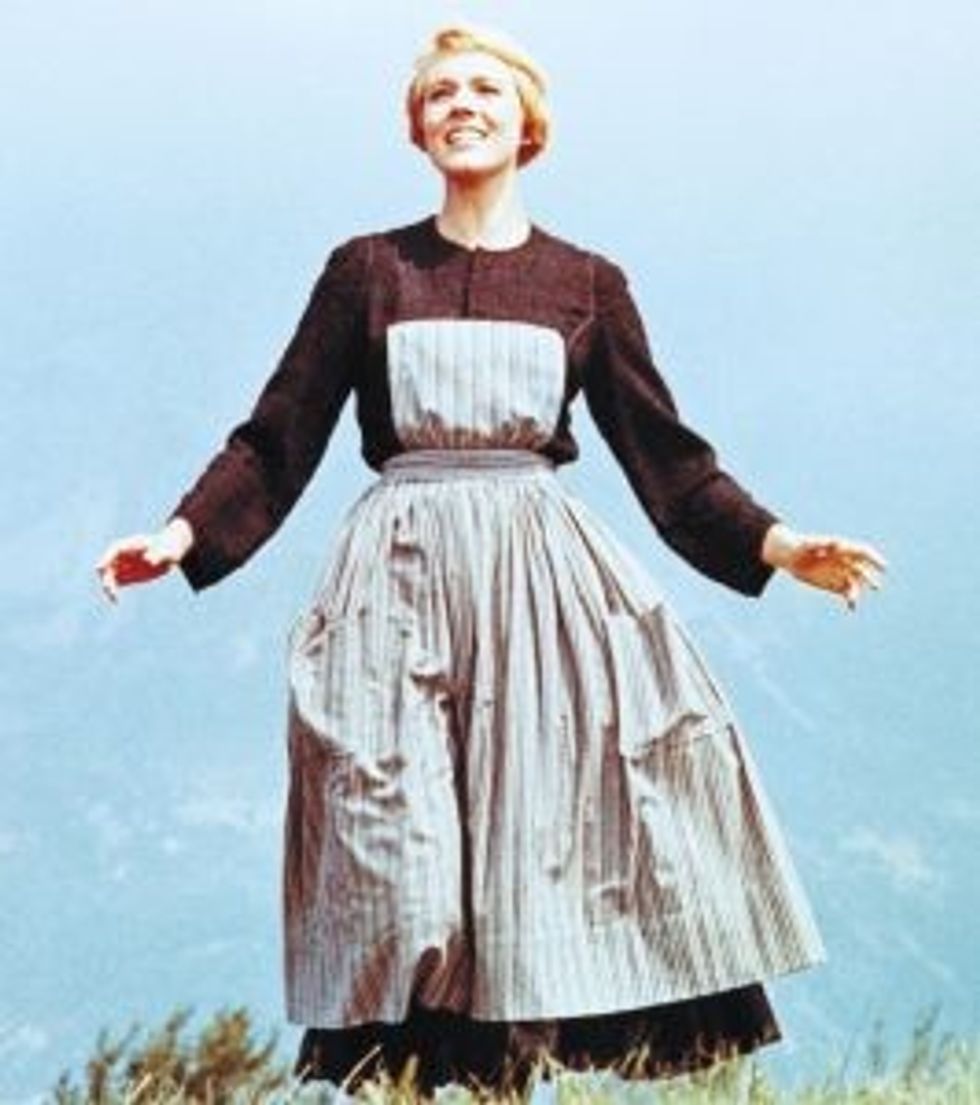
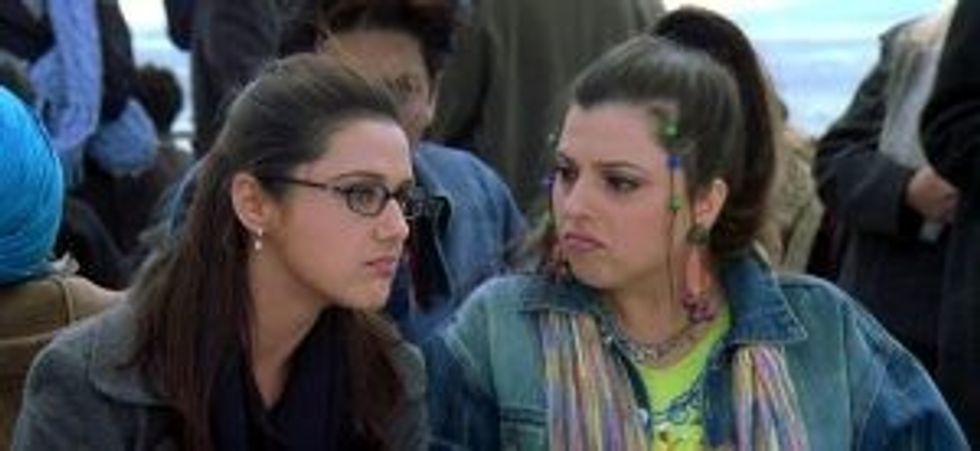
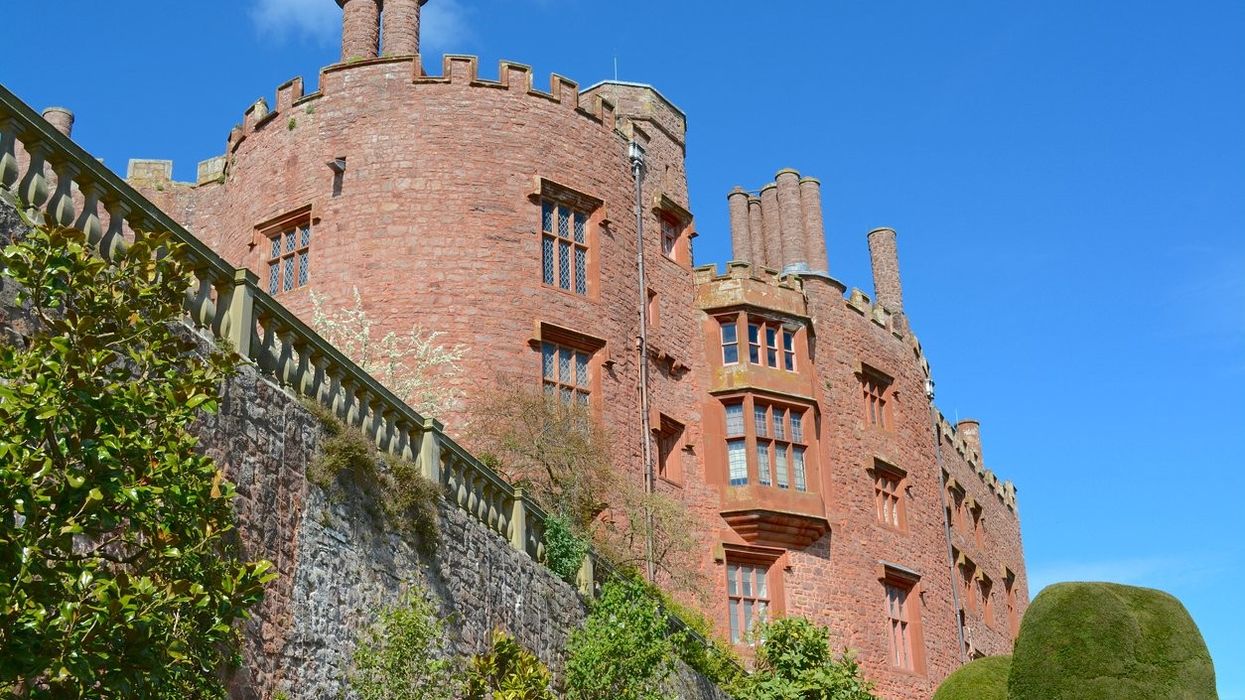
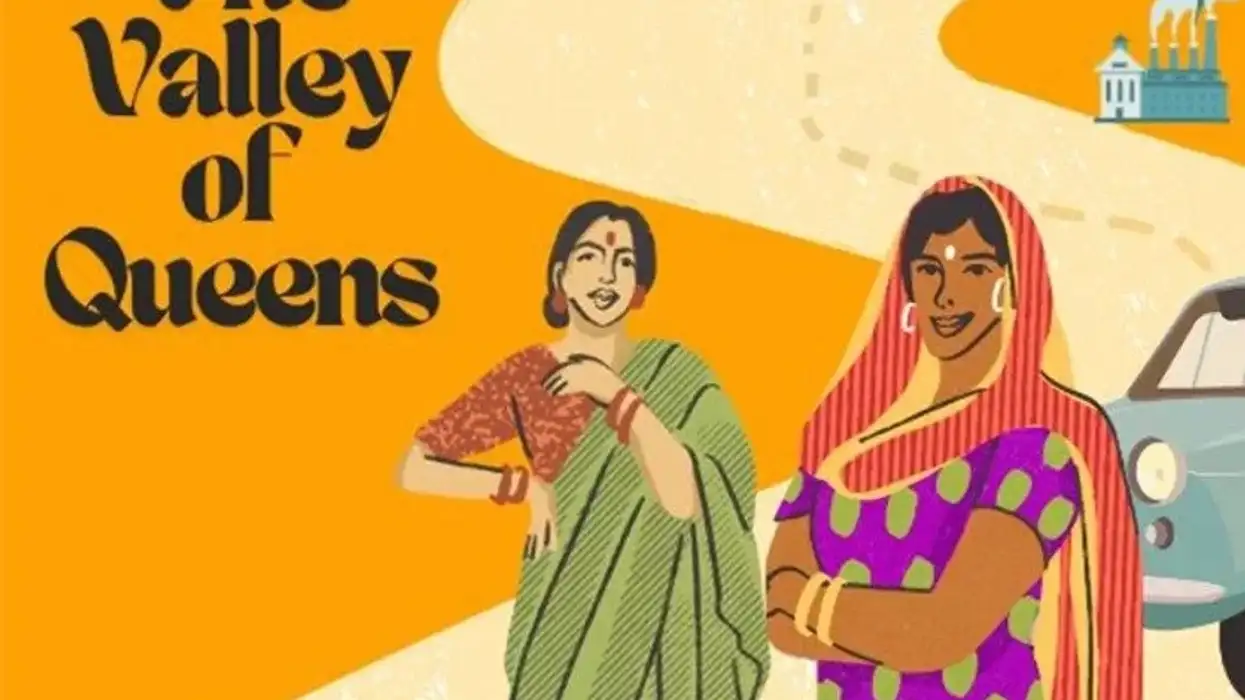
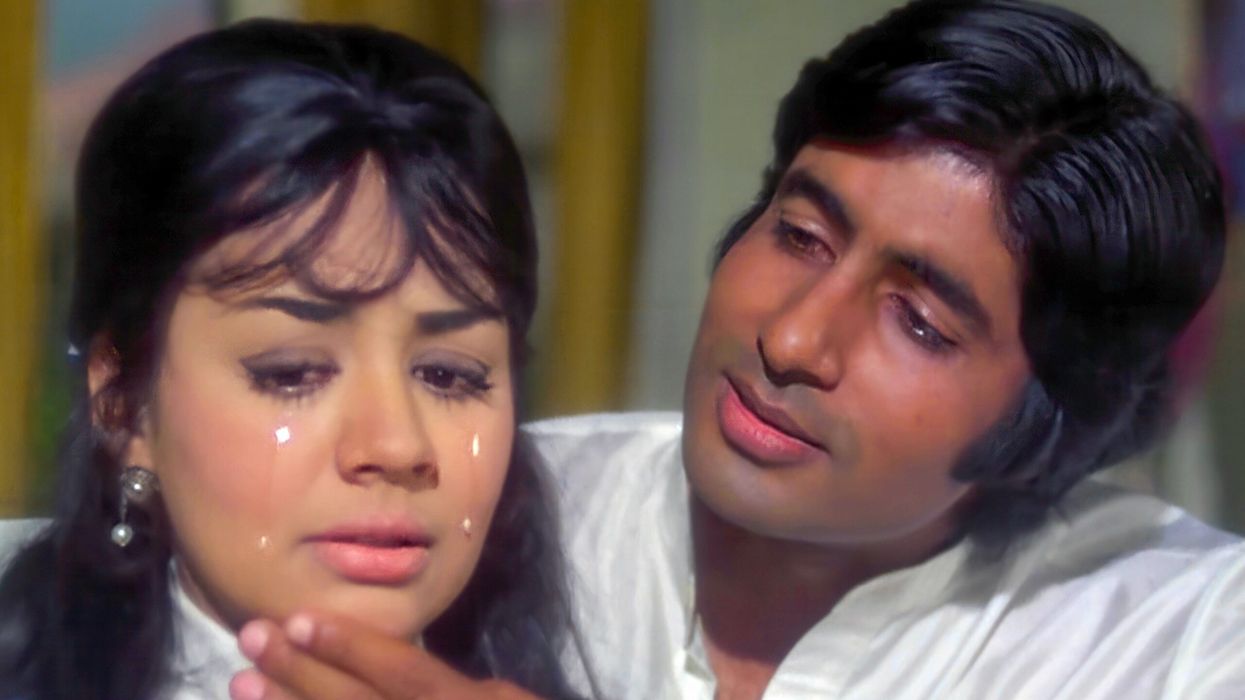
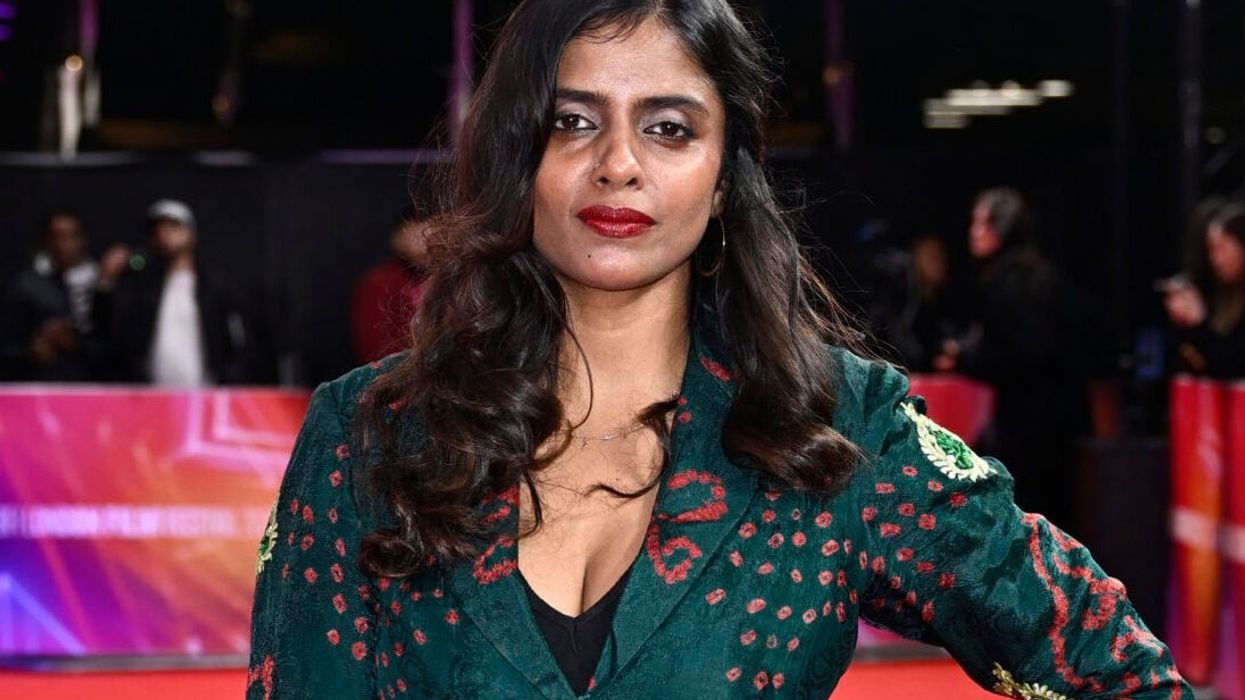
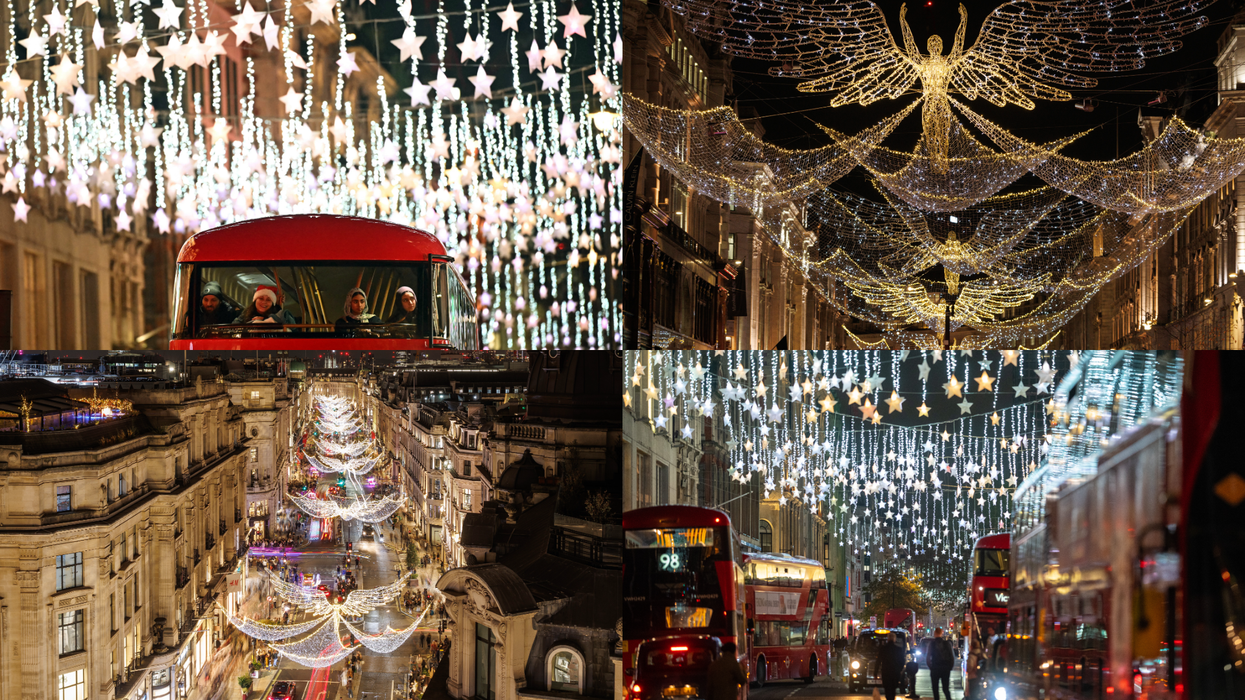
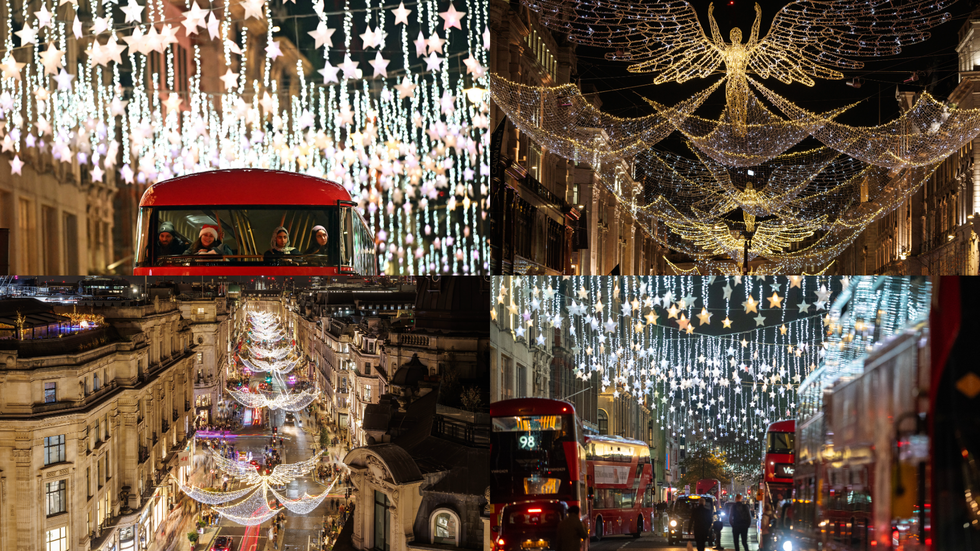 The Christmas light walks in central London that still feel festive Getty Images
The Christmas light walks in central London that still feel festive Getty Images 